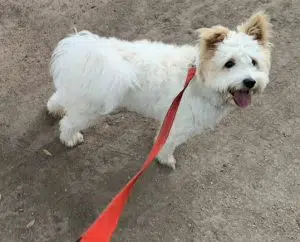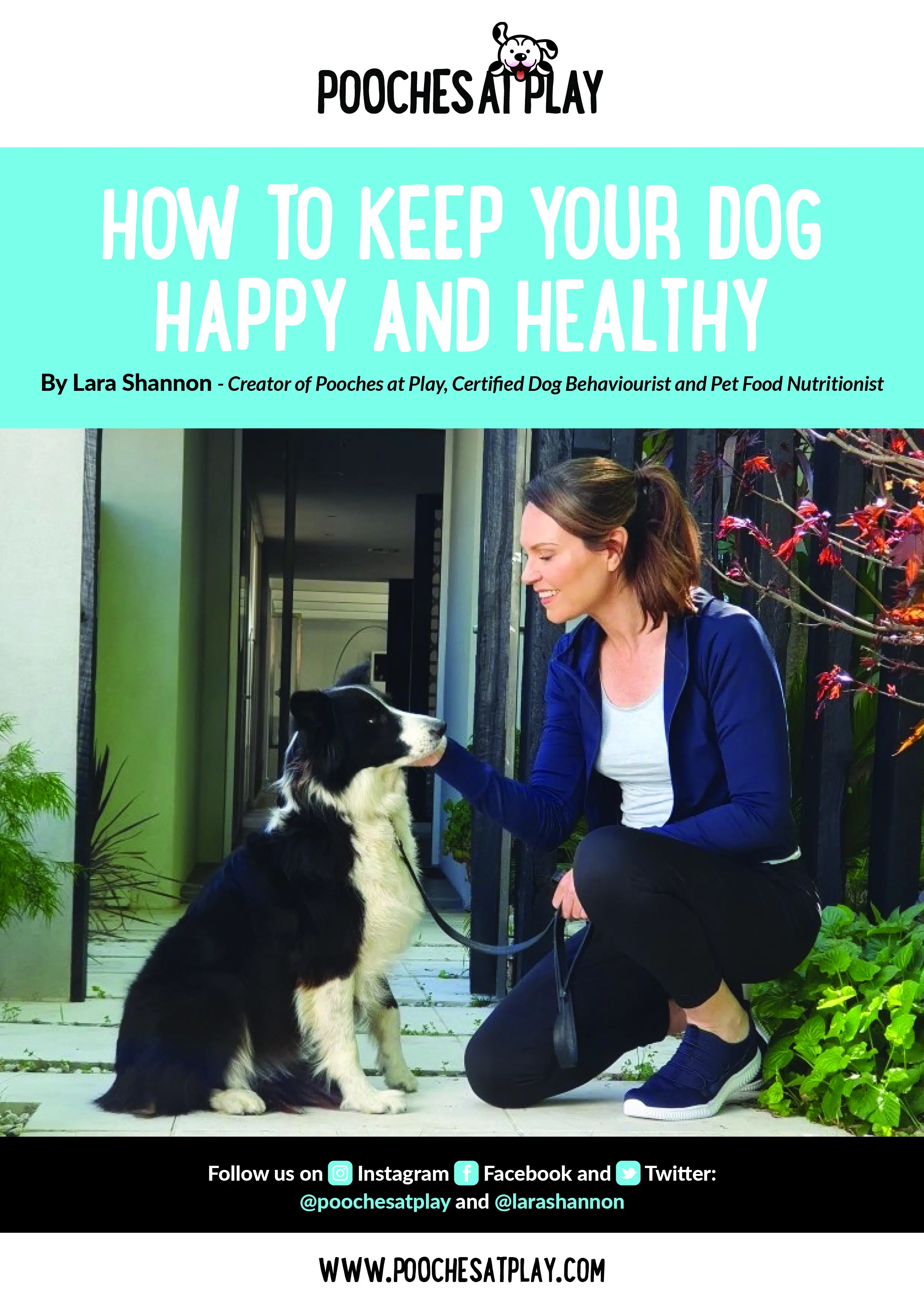

The Newfoundland originated in Newfoundland, on the east coast of Canada and, given their strength, thick double coat and webbed paws, they were used to pull carts of wood from the forest, and fishing nets out on the water.
Gentle and placid they have a wonderful nature so make fantastic family pets and generally love children. Although you will need to watch toddlers around them, who could easily be bowled over just due to a Newfie’s sheer strength and size.
These guys love being around the humans, so if no one is home throughout the day, they’re not for you otherwise they may suffer from Separation Anxiety and other behaviour issues.
The Newfoundland falls into the ‘Giant’ dog breed group and can easily weigh up to around 60kg.
Their very thick coat needs a daily brush or at least two thorough sessions a week to prevent matts and keep the skin and coat healthy between professional grooms. The majority have black coats that absorb heat and can be prone to heatstroke, so keep them cool with plenty of water in the heat.
If you can’t handle drooling then don’t get a Newfoundland. Their jaw and mouth structure was designed to allow them to breath while working in the water, so drooling is an inherent quality of the breed.
As a working dog breed, they are great to train and learn quickly, so start early with the obedience training and setting boundaries.
They need plenty of mental stimulation and excel at dog sports, particularly water-based tasks given their history. They need at least 30 minutes of exercise daily.
While short spurts of low impact exercise is important for any growing puppy, low impact exercise is particularly important for large and giant dog breeds that grow quickly, but over a longer period of time, to help avoid joint problems later in life.
Throughout all life stages, large and giant breed dogs have different nutritional requirements compared to small and medium breeds.
As they grow quicker but for longer, it’s important their diet contains lower energy and specific calcium and protein levels to help ensure they don’t grow faster than what their bones can support.
As with all giant dog breeds, they can be prone to Hip and elbow dysplasia and osteochondrosis dissecans (OCD), a disease that affects the bone underneath the cartilage resulting in pain and lameness.
Other health problems may include lip fold infections, eyelid disorders, cherry eye and, like many older dogs, arthritis. It’s important therefore to ensure you are aware of these and other health problems specific to this breed and be prepared.
About the Author: Lara Shannon is a certified dog behaviourist and trainer, pet food nutrition specialist, Executive Producer and Host of Pooches at Play on Channel 10 and editor of Poochesatplay.com. Lara also runs her own dog training business in Melbourne’s Bayside area and is the Author of World of Dogs and Eat, Play, Love Your Dog

The role of moisture in dog food



Walking a dog – how much and why

Tips for exercising a dog indoors

Receive a FREE copy of the E-Book “How To Keep Your Dog Happy And Healthy”
"*" indicates required fields


Get your paws on Lara Shannon’s best selling books ‘Eat, Play, Love (your dog) and World of Dogs.
Available in Australia, USA, UK and Canada.